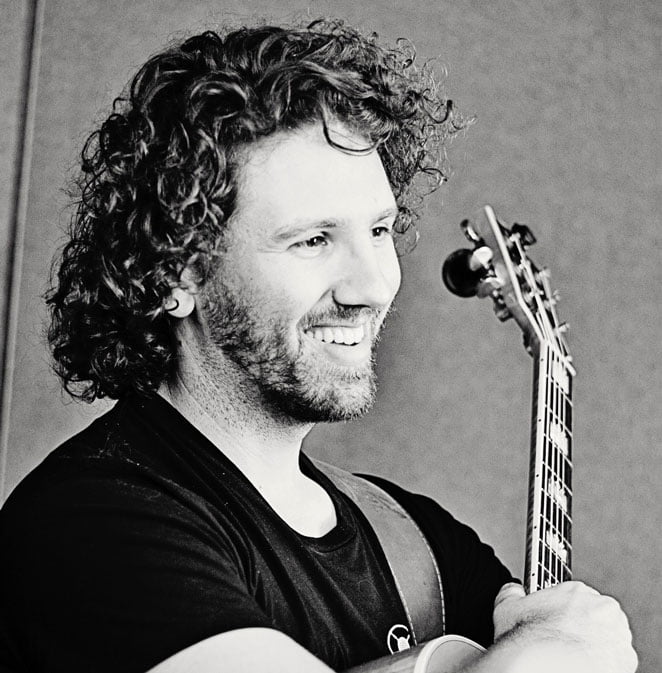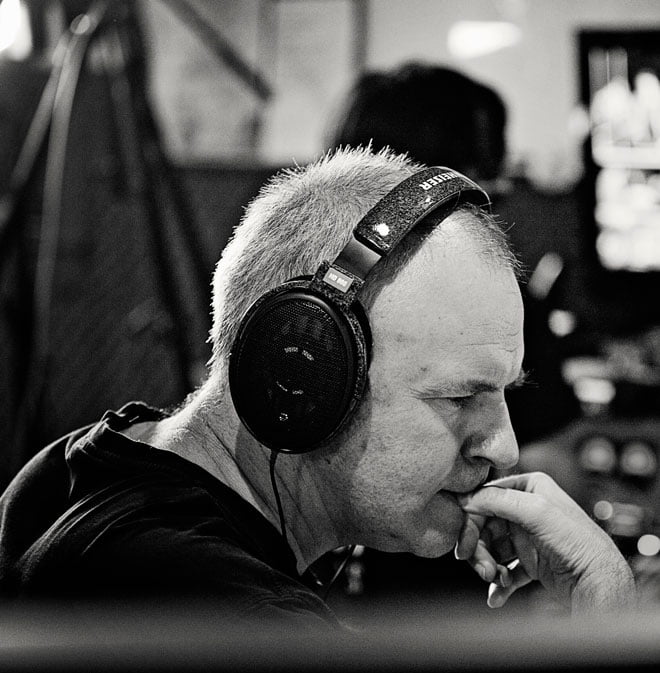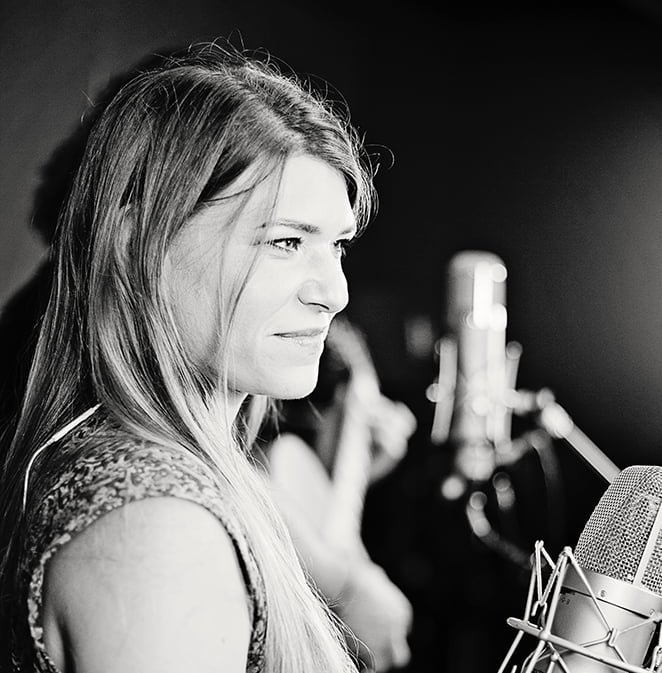Audio Restoration and Digitisation
Looking for the ultimate recording quality for your vocal? Contact us today!
What is Audio Digitisation?
It is a fact that as technology improves old technology can get left behind. In the audio world this has become a common occurrence because the technology that we use to play our favourite music has changed so much and so rapidly, particularly in recent years. Old cassettes, vinyl records, DATs, and other media, no longer have devices that are abundantly available to play back the audio information.
A Fabulous Place for Audio Recording
Fabulous audio book recording session!
What is Audio Digitisation
That is where digitisation is required. We use our devices from yesteryear, that have been maintained to play back the older material, and convert the audio material to digital media. This may be as mp3’s, wav files, aiff, or any other requested digital format. This will allow your records to survive into the future as the technology continues to change.
What is Audio Restoration?
Throughout the lifetime of vinyl records, cassette tapes, and other audio media, there is a natural wear-and-tear that occurs. Everything from sun exposure, to superficial scratches, through to oxidation, can occur to the devices that carry the audio information. These detrimental effects can impact the audio playback, and in the worst cases, completely prohibit us from listening to the material.
This is where Audio Restoration is required. It is a unique specialisation in-and-of itself. We use specialised software, like Celemony’s Capstan, to restore audio media back and as close to its original glory, but in the digital realm. There are also other highly specialised pieces of software for different kinds of Audio Restoration.
It is important to understand and note that we do not take your vinyl records, for example, and take away the scratches. Nor do we take 1/4″ analogue audio tape that has been oxidised and provide you with a new tape that is free of oxidisation. Rather, we will restore the material once it has been converted to a digital format. The final product will be a digital file like an mp3, wav, aiff file. These can then be loaded on to a CD or exported to your iTunes library for future listening.
Bad Recordings that require Audio Restoration?
It is common that Crash Symphony Productions is requested to restore recordings that are very problematic, or even inaudible. This may be that they were recorded in noisy environments, or recorded with bad equipment. These recordings can be restored to a more audible quality depending on their specific problems. We will often assess the recordings and provide a comprehensive quote before proceeding with each restoration job.
Contact us about your Audio Restoration and Digitisation needs
If you require further information about Audio Restoration and Digitisation please contact us – +61 408 300 402. This is an area of audio that is becoming increasingly prevalent due to the accelerating changes in audio technology. We are at the forefront of this field and are eager to help you restore your audio recordings.
Expert Sound Engineers
Working with us means working with the best sound engineers in Sydney
The art of being an excellent sound engineer is not as prominent now that video has become the focus of our world. However, a top quality sound engineer can augment the quality of a production dramatically. When we record a vocal for music or a voice over for an ad we have the ability to enhance every aspect of that recording. The modern tools available to the twenty-first century sound engineer are truly remarkable. Staying on top of the rapid progress is very much a full time job. Let's take a quick look at what work is involved in producing an excellent vocal recording for a typical voice over job.
Our sound engineer will setup the session prior to the talent arriving. In the most extreme cases, often film ADR sessions, the project and microphones will need to be prepared first. Our clients, from film productions companies, are often located in another country like the USA, the UK, or somewhere in Europe. They will send the sound engineer the program material. This will be the video files with SMPTE timecode, the cue sheet, and all specifications required by our sound engineer to capture a similar sound to what was recorded on set.
Once these program elements are received our sound engineer in Sydney will go into Pro Tools and mark out all the cue points on the timeline of the film. Each entry point will have ADR beeps that will help the talent execute their lines in Synch with the film. In ADR the talent's job will be to lip synch in time with their delivery on set. By setting up the project prior to the talent arriving our sound engineer ensures that the session flows smoothly for the talent.
Often these "remote sessions" (where the directors and producers are overseas) are facilitated by software that helps us communicate with the overseas studios. Programs like Zoom and Source-Connect allow sound engineers in both locations to be actively involved in the session. The sound engineer overseas can literally press the recording button in one country and our software will obey the command here in Sydney. The directors and producers can watch the video content on their screen whilst listening to the audio being recorded by our sound engineers in Sydney. It's real-time. It's the modern way. It's remarkable!
In this example, an ADR recording session, the sound engineer would also need to setup two microphones. One would be a lapel mic, similar to what might have been used on set, and the other a shotgun microphone. These two microphones are setup by our sound engineer in Sydney in front of a screen. This is to allow the talent to clearly view the film as they are performing. An iPad is also positioned in close proximity to the microphones. This will have all the cue points and lines that the talent will be reading during the ADR recording session.
During the session the sound engineer will be facilitating the smooth capture of cue lines. They make sure that all the takes of each line are saved for future recall and re-listening, and can even cut recorded takes together to create a composite "best take".
Once the ADR session is complete the post-production work on the re-recorded lines begins. The amount of work that goes into the audio post-production is beyond the scope of this example. However, we can give a few examples of the kind of technology our sound engineer might decide to use on the recorded cue lines. There is software to reduce lip and mouth noises. Harsh sibilant frequency can be curtailed. The synch of the spoken lines can be further tightened by intelligent algorithms that look at the original "on set" spoken audio and literally stretch, cut, and compress lines recorded in our Sydney recording studio and make them even tighter. The list of tasks, options, and enhancements that our sound engineer can apply to a voice recording is enormous.

James Englund
Founder

Stewart Havill
Engineer/Producer

Borbala (Bobo)
Session singer and Admin

